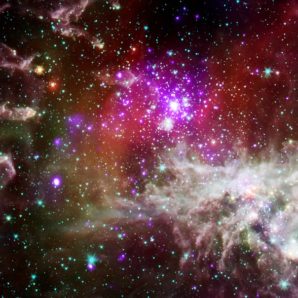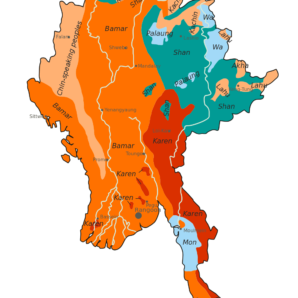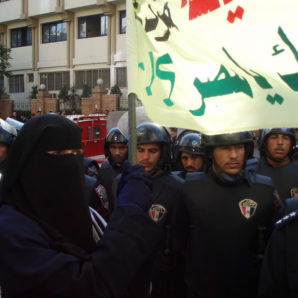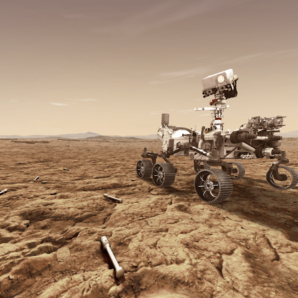What story does science tell us about the universe and life on earth? What challenges does tradition face, and what resources does it provide, for facing new understandings of creation and new social and ecological realities? In this module, we will investigate the big picture of the human story from the origins of the universe and of life, before turning to modern concerns.
Science tells us that the observable universe emerged 13.7 billion years ago in a cosmic “Big Bang.” From what we know, Homo Sapiens, the modern human, came into existence about 200,000 years ago. In appreciating our cosmic origins and tracing the emergence of humankind, however, we are faced with dissonance. The major religions of the world, including Islam, emerged in the rhythms of agrarian culture within a vastly different scientific mosaic. Can those religions adapt to new ways of being and knowing in a techno-scientific age? How can we approach scripture and religious teachings featuring understandings to which we no longer adhere, such as geocentrism or the four classic elements? What kind of theology is possible in a natural universe defined by Einstein’s theory of relativity, quantum mechanics, and biological evolution?
Our modern-day forms of political and social organization have changed greatly since the early days of these major religious traditions as well. The nation state, emerging as a central conceit of western modernity, has caused freshly bounded identities to reverberate with new political meaning. Is tradition a tool for hardening nationalistic lines and state power, or can it also undergird rights for all without exception?
Lastly, we come to the question of our future. According to Islam and global religions, humans have been granted stewardship over the earth and its creatures. How must this stewardship be wielded? The case of climate change, and the mass extinctions and human displacement it has already caused, put a particular interpretation of stewardship on display. Climate change can also challenge our priorities in how we live out our traditions, in pitting development against ecological equilibrium, at least on the surface.
How does the long rope of theological tradition continue to overlap and intersect with investigation into the world around us? How can it guide our endeavors in the modern age and into the distant future?
Note: We recommend students read Yuval Noah Hariri’s Sapiens: A Brief History of Human Kind and Philosophy of Religion and Michael J. Murray and Michael Rea’s An Introduction to the Philosophy of Religion as they go through this module, in keeping with the original course syllabus, but cannot share these texts here for copyright reasons.
Thumbnail: “Star Night Sky Ravine.” Photo Credit: Mark Basarab.
MODULES
4.1 Creation of the Heavens
In the Islamic tradition, creation is described as a moment of creation from nothing. What does contemporary science theorize? (NASA/"Pacman Nebula")
Read More ⟶4.2 Evolution of Life
How life originated is one of the biggest mysteries of science. (Pedro Szekely/"Jellyfish")
Read More ⟶4.3 The Modern State and Human Rights
Modernity is characterized by the nation state and sharply demarcated communal identities, creating the concern: what to do about "minorities"? What answers does the Islamic tradition suggest? (CIA/"Myanmar")
Read More ⟶4.4 Feminism and Gender Equality
What is feminism, and how is it different from Muslim gender equality work? (Hossam el-Hamalawy/”Assault Protest”)
Read More ⟶4.5 Climate Change and the Future of Creation
How does our relationship with creation define us as humans? (NASA/JPL-Caltech/"Mars 2020 Rover")
Read More ⟶










